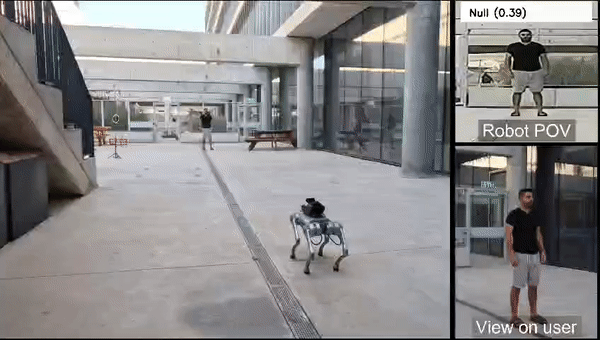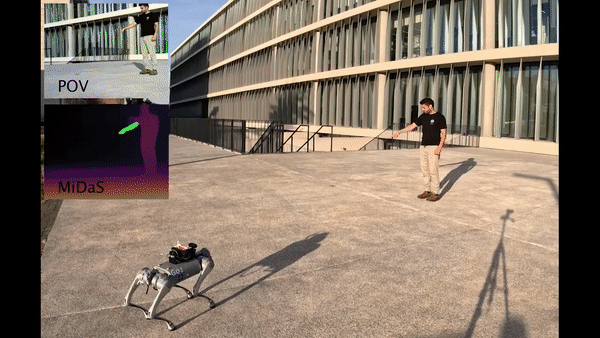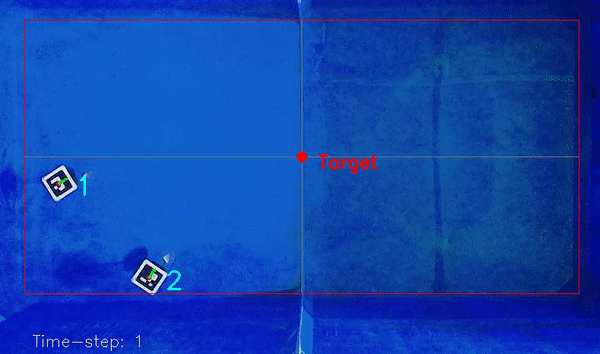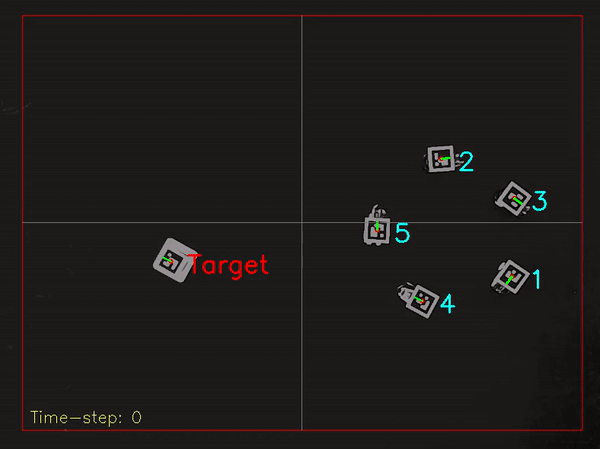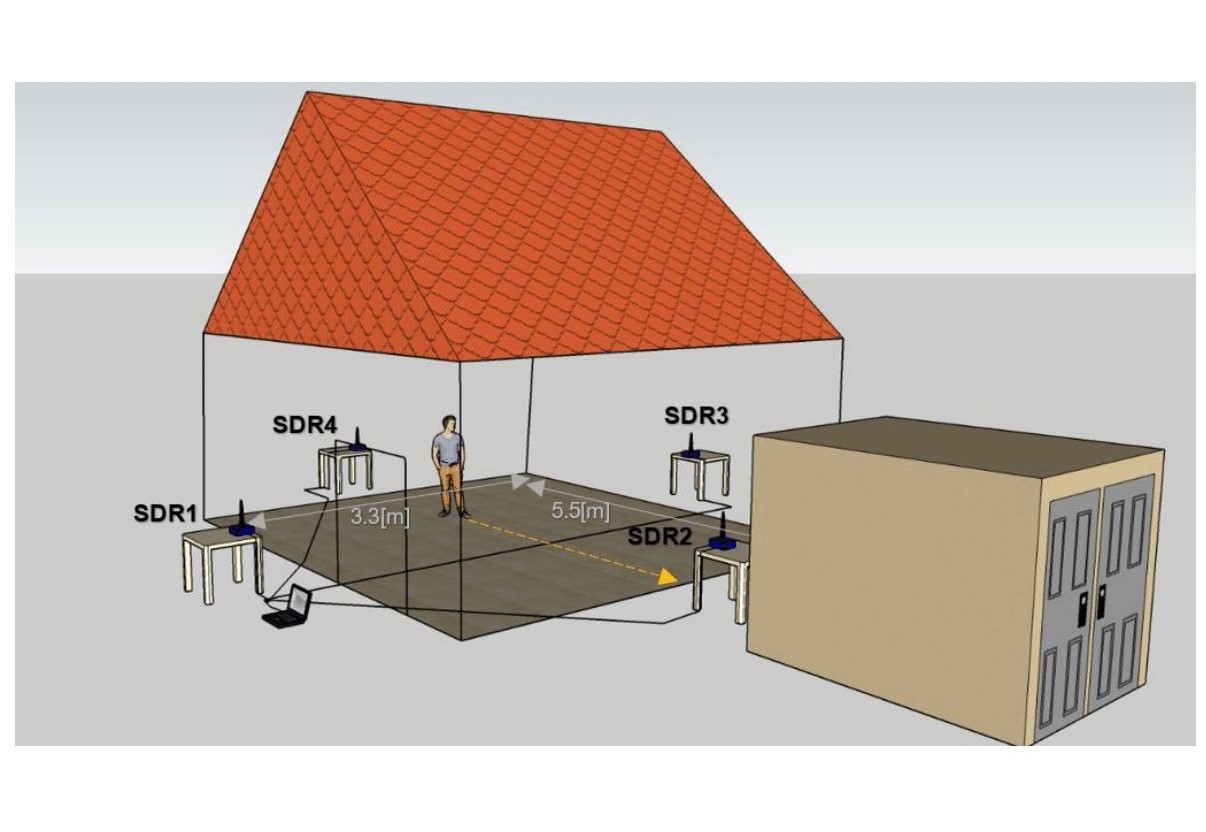I am a PhD student in Deep Learning and Robotics at Tel-Aviv University, working on Deep Learning, Computer Vision, Robotics and Human-Robot Interaction. I work in the Robotics Lab under the supervision of Dr. Avishai Sintov. Before entering TAU, I worked with Prof. Michael Werman at The Hebrew University of Jerusalem on Medical Imaging Processing and Generative Adversarial Networks for Medical Images.
I received my B.Sc. and M.Sc. both in Electronic Engineering from Ariel University under the supervision of Prof. Yosef Pinhasi. I worked at Homeland Security Laboratory on Ministry of Defense (MAFAT) research. My research field was Image and Signal Processing and Estimation Techniques.
My research interests include: Deep Learning, Computer Vision, Robotics, Human–Robot Interaction (HRI), and Human-Robot Collaboration (HRC).
